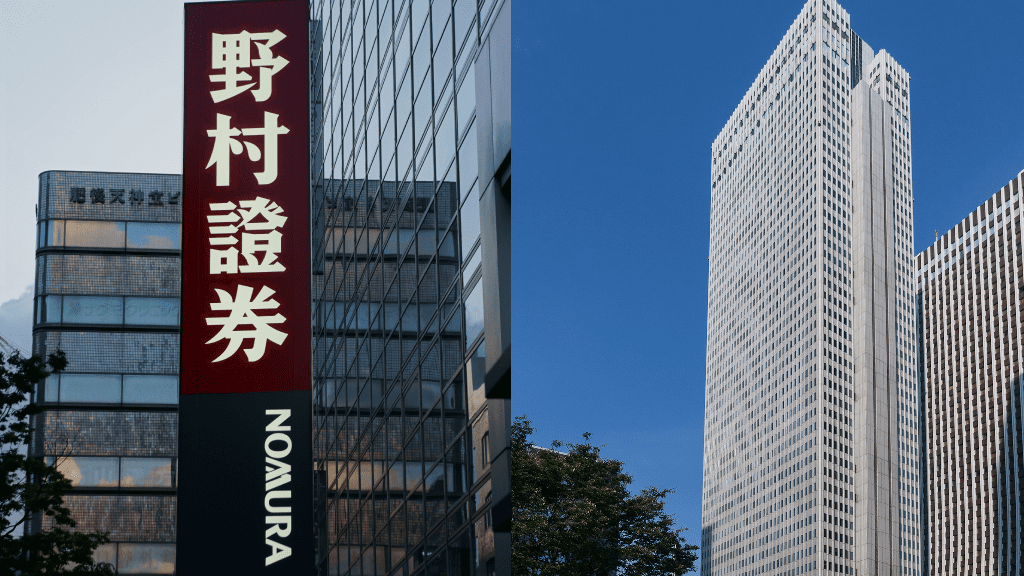
Nomura Labels Private Capex Recovery in India as ‘Sober’: A Contrast to RBI’s Optimistic Outlook
Contents
Private CapEx Recovery in India
Nomura Labels Private Capex Recovery in India as ‘Sober’: A Contrast to RBI’s Optimistic Outlook
Introduction
India’s private capital expenditure (capex) recovery has been a topic of intense debate among economists and market watchers. While the Reserve Bank of India (RBI) has presented an optimistic outlook, projecting a significant surge in private capex, global firm Nomura has offered a more tempered view, describing the recovery as “sober.” This article delves into the differing perspectives on India’s private capex recovery and the factors influencing these views.


Nomura’s Perspective
Nomura’s latest research report, authored by economists Aurodeep Nandi and Sonal Verma, paints a cautious picture of India’s private capex recovery. The report estimates that private capex projects financed in FY24 will account for 1.4% of India’s GDP, up from 1% in FY23. While this marks a notable improvement, Nomura highlights that this level of recovery is still “moderate compared with historical levels.” The firm further projects that FY25 is currently tracking at just 0.8% of GDP, indicating a potential slowdown in the momentum of private capex.
RBI’s Optimistic Outlook
In contrast, the Reserve Bank of India (RBI) has taken a more bullish stance on the private capex recovery. In an article titled ‘Private Corporate Investment: Growth in 2023-24 and Outlook for 2024-25,’ authored by researchers Kamal Gupta, Rajesh B Kavediya, Sukti Khandekar, and Snigdha Yogindran from the RBI’s Department of Statistics and Information Management, the central bank presents an encouraging forecast. The article highlights that the total envisaged cost of projects financed by banks and financial institutions reached a new high of ₹3.91 lakh crore during 2023-24, with 54% planned for investment by the year-end.
The RBI’s analysis suggests that private capex will surge to ₹2.45 lakh crore in 2024-25, up from ₹1.59 lakh crore in 2023-24. The central bank attributes this positive outlook to several factors, including rising domestic demand, improved capacity utilization, corporate profitability, sustained credit demand, business optimism, and the government’s focus on infrastructure development.
Sectoral Insights and Government Influence
Nomura’s report acknowledges that there has been a noticeable uptick in the financing of projects in key sectors such as power, construction, and electronics. The firm also notes that funding for roads and metals projects remains elevated, while the rise in the ‘others’ category is primarily driven by increased investments in ports, airports, cement, and transport-related sectors. The prominence of infrastructure projects underscores the significant impact of the government’s capex push on private investment.
However, Nomura also cautions that not all data on capex is uniformly positive. Citing data from the Centre for Monitoring Indian Economy (CMIE), the report points out that new investment projects (IP) have declined to 7.3% of GDP in Q2 from 11.5% of GDP in Q4 2023. Additionally, growth in capital goods output has moderated to an average of 3.3% year-on-year in H1 2024, down from 8.1% in 2023. Infrastructure goods output growth has similarly fallen to 6.7% from 10.4%.


Challenges and Outlook
Despite the differing views, both Nomura and the RBI acknowledge that the strength of corporate and bank balance sheets, improved corporate profitability, and sustained credit demand provide a conducive environment for private investment. However, Nomura emphasizes that a more comprehensive recovery will depend on a broad-based pickup in consumer demand.
The RBI, on the other hand, remains optimistic but also highlights potential challenges, including global financial market volatility, geopolitical tensions, and geoeconomic fragmentation, which could dampen investment plans. Nevertheless, the central bank believes that the investment cycle is likely to remain upbeat, though its sustainability will need to be closely monitored.
Conclusion
The recovery in private capex in India presents a mixed picture. While the RBI’s optimistic projections suggest a robust surge in investment, Nomura’s more cautious approach underscores the need for a broader-based recovery and vigilance in the face of global uncertainties. As India’s economic landscape continues to evolve, the trajectory of private capex will be a key indicator of the country’s economic resilience and growth potential.


FAQs
- What is Nomura’s view on India’s private capex recovery?
- Nomura describes the recovery in India’s private capex as “sober,” highlighting that it remains moderate compared to historical levels.
- How does the RBI’s outlook on private capex differ from Nomura’s?
- The RBI has a more optimistic outlook, projecting a significant surge in private capex to ₹2.45 lakh crore in 2024-25, compared to ₹1.59 lakh crore in 2023-24.
- What factors contribute to the RBI’s optimistic view on private capex?
- The RBI attributes the positive outlook to rising domestic demand, improved capacity utilization, corporate profitability, sustained credit demand, business optimism, and the government’s focus on infrastructure development.
- Which sectors have seen a pick-up in private capex according to Nomura?
- Nomura notes a pick-up in financing for power, construction, electronics, ports, airports, cement, and transport-related sectors.
- What challenges could impact the sustainability of India’s private capex recovery?
- Potential challenges include global financial market volatility, geopolitical tensions, and geoeconomic fragmentation, which could dampen investment plans.





















1 comment